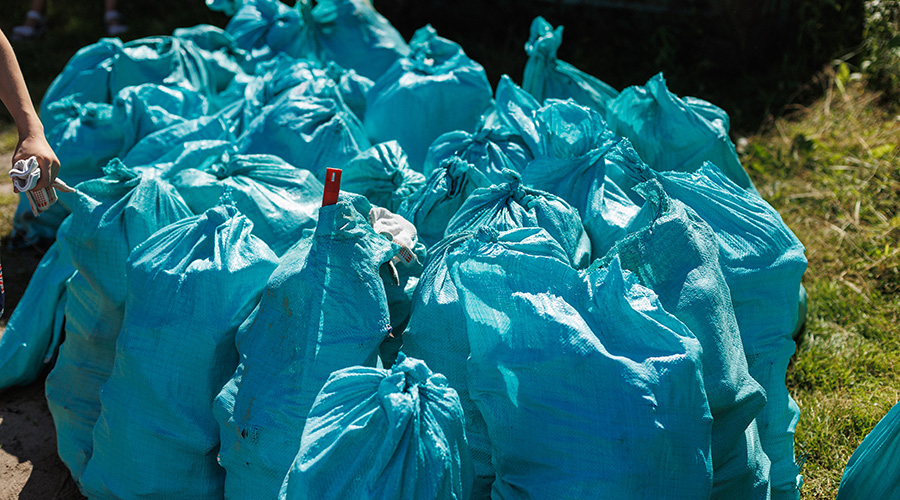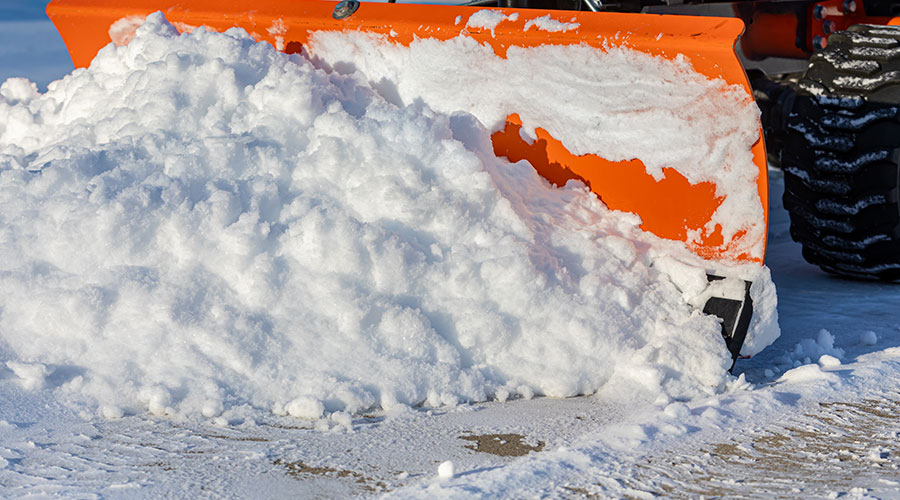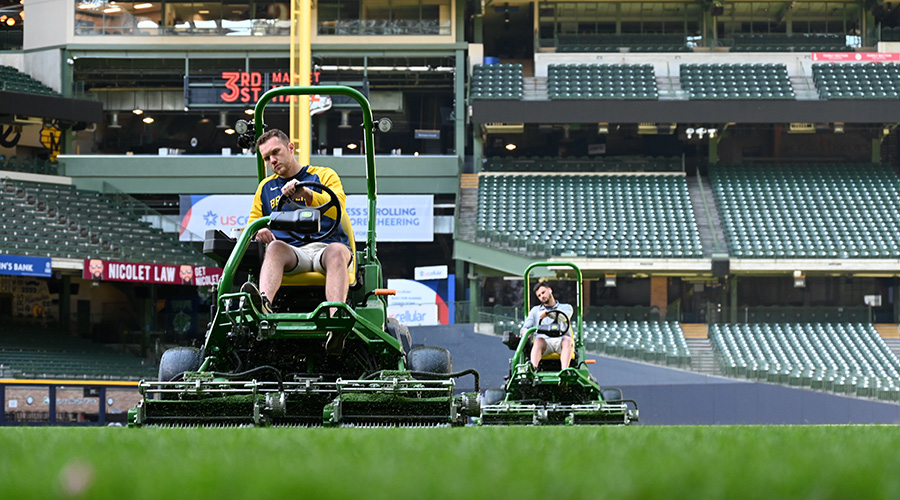Snow-Removal Training Often Difficult to Schedule
It is challenging for managers to arrange successful training for operators of snow-removal equipment when there is no snow on the ground. People in general struggle to remember the challenge of snow removal when they are not standing in it, and few materials can replicate snow, since it comes in many forms. But managers can make headway in developing and streamlining activities in many operational areas:
Equipment preparation and inspection. It is critical for operators to make sure snow-removal equipment is in proper operating condition, since the results will be a direct result of the tools they use for the work. Operators should start reviewing inventory now — and make lists of equipment that requires repair or replacement — because equipment such as pull plows and spreaders take time to service, mount, and test. They also should service all other vehicles and equipment, such as loaders and skid steers, and prepare them for heavy use.
Formalize snow training. The first mistake managers must avoid is thinking snow-removal crews will just struggle through the first storm as a trial by fire, then get better after that. Nature tends to be unmerciful. Often, early winter storms are the nastiest, so crews must prepare for the worst and hope for the best.
Familiarize operators with equipment. Even if there is no snow on the ground, ensuring all potential operators are familiar with equipment is critical. They should put on the plows, hook up the spreaders, get out the snow shovels, and have a snow training day in the fall.
Managers should walk operators through the major movements and scenarios they will face during winter to ensure they understand the optimal plowing patterns for various parking lots. Having them become physically familiar with the equipment will ensure experienced operators are ready. At the very least, it will give new operators a chance to get used to the way the equipment feels with winter attachments.
Focus on safety. Plowing snow and ice, especially when using pickup trucks or other large, enclosed equipment, seems pretty straightforward. But operators can face a great many risks at the wheel of a powerful piece of equipment, in slippery conditions, with low visibility, and potentially with pedestrians and other obstacles surrounding them.
Because of these circumstances, managers should make sure the training includes a focus on basic safety, including proper ways to move in reverse, circle checks on all equipment daily before operating them, proper shoveling techniques, recognizing the signs of sleep deprivation, and healthy eating habits. Managers also need to make sure safety-training programs include systematic documentation of training for employees to create a record of the training provided.
Related Topics:














